The fruit of a plant native to Mexico and Central America, the original tomato was round and small, resembling the cherry tomatoes we know today. Indians, who grew tomatoes as a crop, introduced the fruit to the first Spanish settlers with underwhelming results to say the least. You see, the tomato belongs to the solanaceae family, like the poisonous belladona, and so they considered it dangerous as a food and used it as a decorative plant instead. Don’t be so quick to judge them though: the leaves, stem and unripe fruit do contain a toxic alkaloid…
It’s only in the sixteenth century that the tomato actually made its entrance on the Italian cooking scene, where the pomodoro as it was called (meaning golden apple) quickly gained in popularity. But in North America, we didn’t eat tomatoes until the 1800s, proving once again that no one is a prophet in his own land.
The size of tomatoes varies according to the type, from the minuscule cherry tomato clocking at 3 cm to the Beefheart that can easily reach 1 full kilo. Of course, nothing is trendier than heritage tomatoes now invading markets and restaurant menus, with their plethora of colours and sizes: striped, purple and even black… There are actually over a thousand tomato cultivars, so one could spend a lifetime discovering new types.
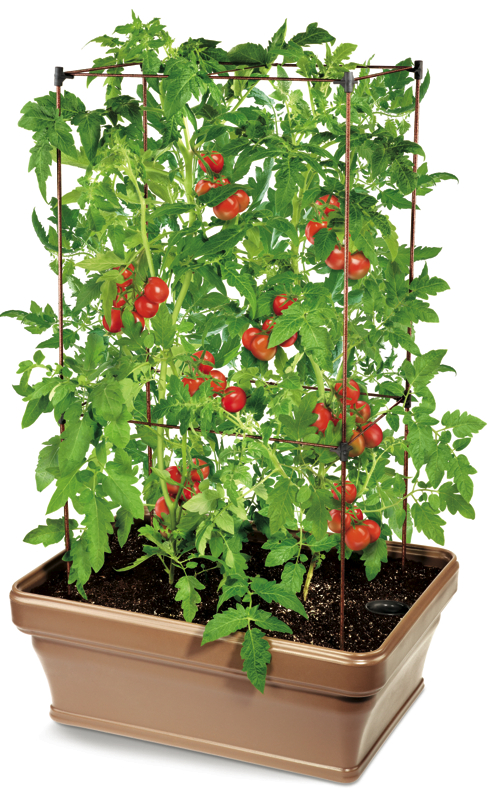
In the summer, I love to decorate the pool deck with cherry tomatoes in a basket. Warmed by the sun, they prove irresistible to my son who nibbles on them as he plays or happily picks them for my supper needs. Last year, we fell in love with President’s Choice Mighty Mato sold at Loblaws, Provigo and Maxi. It costs a mere $11.99 and produced fruit all summer long. Multiple varieties are available this year, so take your pick. (Photo courtesy of PC)
Storing
The flavour of tomatoes depends on the level of acidity of the fruit, as well as its sugar and water content, the texture of its flesh and skin, and even the time it was picked. Kept at room temperature away from direct sunshine, tomatoes will keep around one week. They should only be washed prior to use. Chill overripe tomatoes to slow maturation, but otherwise keep them away from the fridge.
Be warned!
To speed up the ripening of tomatoes, some producers spray their fields with a ripening agent that turns tomatoes red in a matter of days, even hours. The leaves turn brown and die, while the inside of the tomato remains green. So when you open that beautiful red tomato with high expectations, only to discover it’s full of green seeds, you’ll know what kind of farmer you’re dealing with…
Backstory: My Marinara
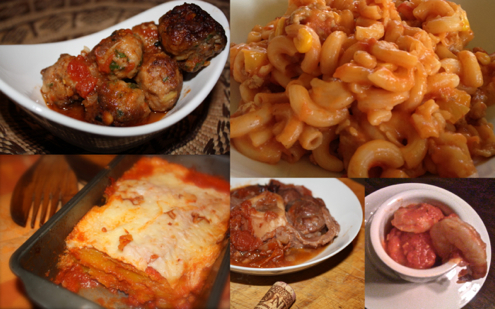
I use marinara sauce for so many recipes, I often double, even triple the quantities below, save for the garlic. Clockwise, I use marinara to make: meatballs, rosé macaroni (I simply add cream), squash lasagna, osso bucco or a quick shrimp “stirfry” ready in minutes on a busy weekday.
My secret weapon: God knows I cooked hundreds of tomato sauces in my life that all fell somewhat short of the simple one served in good Italian restaurants. They served their purpose, no more. Then I discovered the secret was… in the tomato, duh. For my Marinara, I now use only San Marzano, these protected appellation tomatoes grown in the mineral soil of Italy where they develop their unique taste. If several Québec farmers have attempted to grow San Marzano here, in my humble opinion, their efforts have gone somewhat unrewarded taste-wise. But if you know of one who succeeded to tame this beauty, do tell!
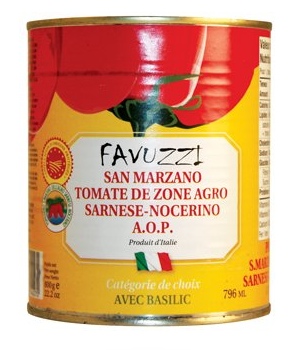
For the past few months, I have upped my game thanks to the San Marzano that beats them all in my book: those imported by Québec distributor Favuzzi trash the competition (and have seduced local Italian chefs too, just sayin’…). Slightly more expensive than Pastene for example, they are immeasurably better. You’ll find them in some IGAs and gourmet boutiques. I personally buy them by the case load at Bourassa in Saint-Sauveur.
That said, when fall arrives, even I can’t resist those buckets full of local Italian tomatoes sold at farmers’ markets. Forget all the hoopla of canning, if you have a deep freezer, just make a cross at the bottom of each tomato and slip them whole into large freezer bags. Then hop! they’ll go into your next winter stew, soup or spaghetti sauce…
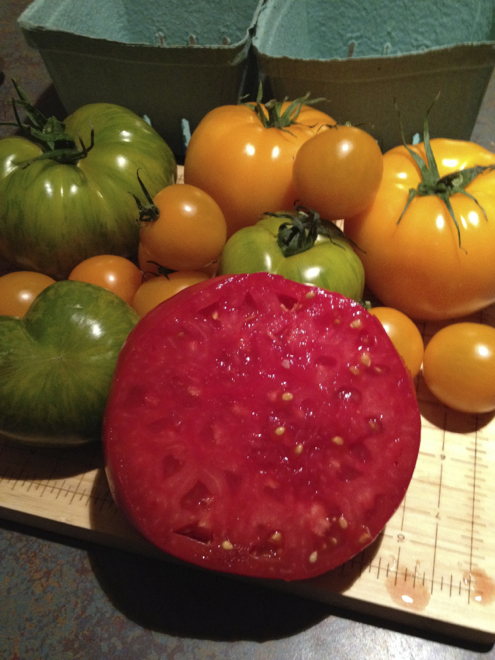
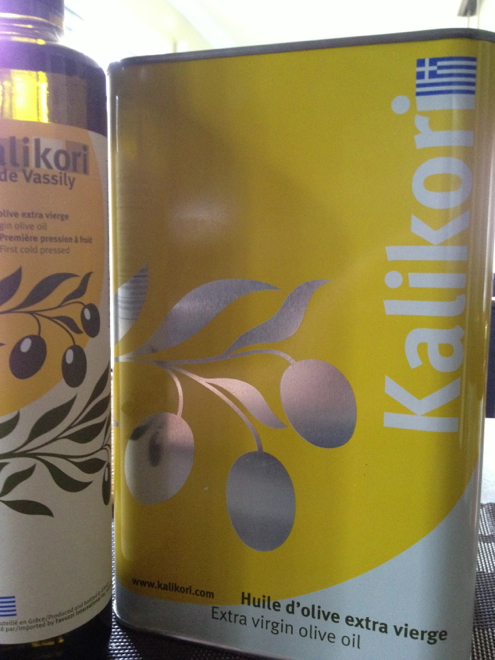

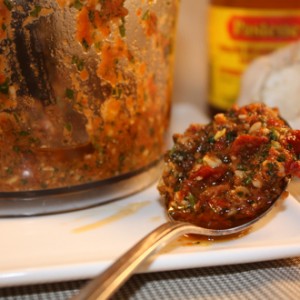
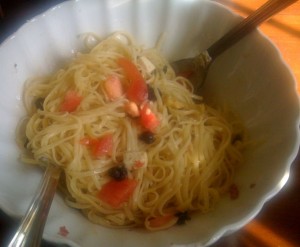







No comments yet.